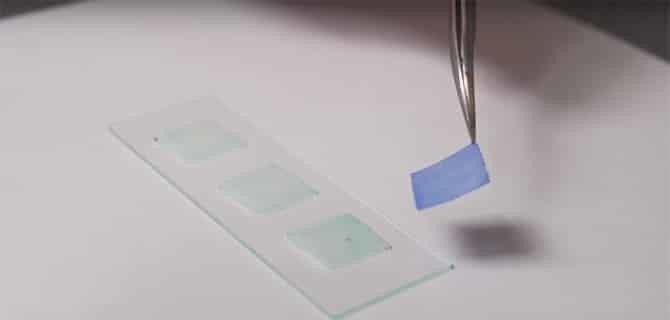Detecting food and cosmetic spoilage and contamination. Identifying new medicinal plants in a remote jungle. Authenticating tea and wine. Scientists have developed a low-cost, portable, paper-based sensor that can potentially carry out all of these functions with easy-to-read results. Learn more about these sensors: One of the researchers, Dr. Silvana Andreescu, presented her work in […]

Detecting food and cosmetic spoilage and contamination. Identifying new medicinal plants in a remote jungle. Authenticating tea and wine. Scientists have developed a low-cost, portable, paper-based sensor that can potentially carry out all of these functions with easy-to-read results.
Learn more about these sensors:
Watch the press conference:
More recently, Andreescu extended her work to root out food contamination and environmental pollutants. One sensor prototype can spot ochratoxin A, a fungal toxin commonly found in a range of products, including cereals and coffee. She says this direction could be expanded further to look for salmonella and E. coli.
Now, her team is taking the work in yet another direction, developing paper-based devices that change color as cosmetics and food go bad. These sensors bind to the reactive oxygen species that products accumulate as they age and eventually spoil. Although testing for this application is still ongoing, Andreescu says this technology could one day be incorporated into smart labels that would tell consumers when to throw a product out.

